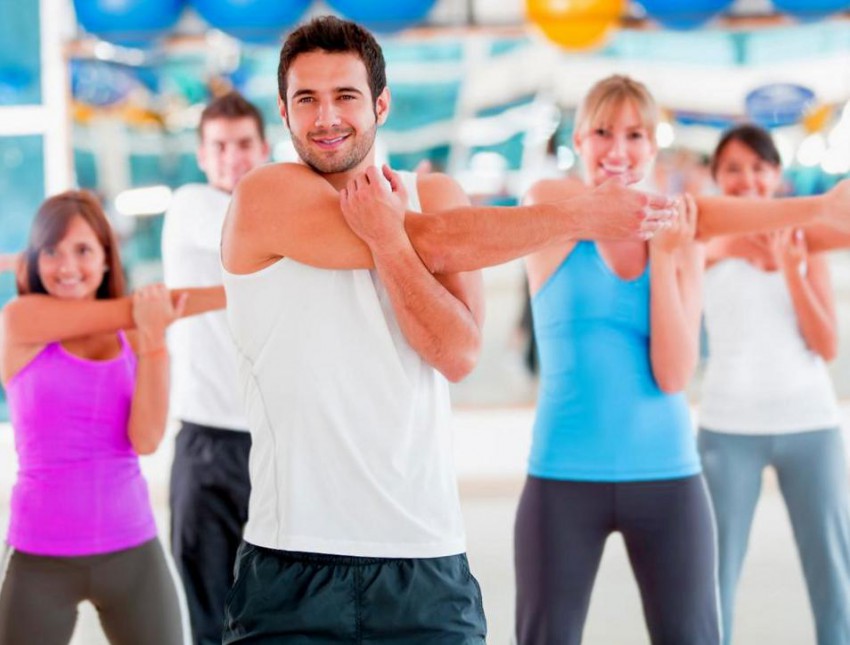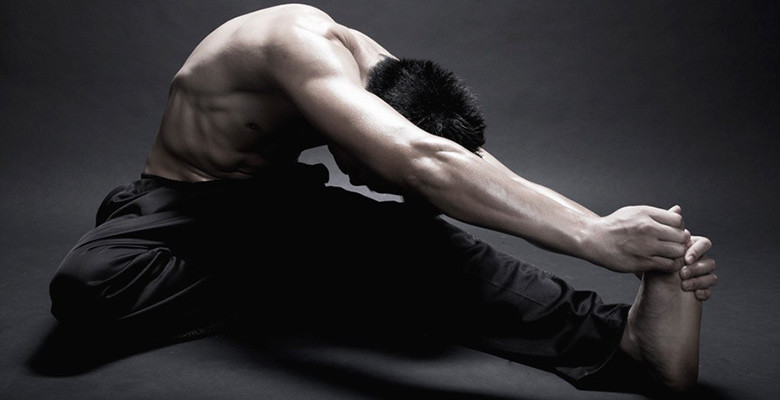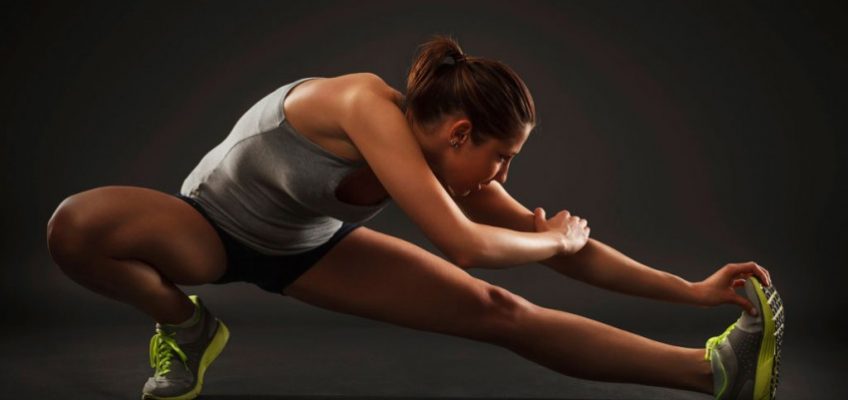Warm up before training
The key to a successful, effective and productive training is a competently and correctly performed warm-up . It has a direct impact not only on efficiency, but also on the safety of training, allowing you to distribute the load. In addition, thanks to the warm-up, the recovery process after exercise is much faster. Training without a warm-up cannot be considered complete.
The meaning of warm-up
Many beginners and some experienced athletes often skip the warm-up, starting with the performance basic exercises. This is a fundamentally wrong approach. The pre-workout warm-up is not just an integral part of sports training, but an essential element of it. It prepares the body for the upcoming stress. Therefore, the warm-up directly depends on how effective the lesson will be.
It is necessary to start a good workout only with warm-up exercises. It is a mistake to consider their implementation a waste of time. Basically, this opinion is based on the belief that during the warm-up, neither muscle growth nor weight loss occurs. The situation is somewhat different. If done correctly, a warm-up helps to build up a lot of strength required to build muscle, or perform weight loss exercises when a person wants to get rid of extra pounds.
Complex exercises included in the warm-up solves a wide range of tasks:
- prepares both the muscular and skeletal systems, as well as all the organs involved in the training;
- provides aerobic exercise, saturates the muscles with oxygen and blood;
- expands capillaries, strengthens the pulse, preparing blood vessels and heart muscle for stress;
- prevents injuries while lifting heavy weights or working on simulators;
- provides an additional release of testosterone with adrenaline;
- tones the nervous sympathetic system;
- accelerates cellular metabolism;
- increases the elasticity of muscles and ligaments;
- increases joint mobility;
- speeds up the transmission of nerve impulses;
- allows you to fully concentrate on the upcoming workout.
A good warm-up before training contributes to the achievement of the goal set for the athlete. If this is strength training, then the correct attitude and preparation of the body allows you to do exercises with maximum efficiency, to lift a lot of weight. For fitness, the role of warm-up exercises is also great. They give confidence to every movement, make the body even more agile, increase flexibility.
Choosing the right warm-up

It’s not enough just to do warm-up exercises, you still need to choose them correctly. There is no single and universal system that is suitable for this or that training. The athlete must independently find the ideal complex for himself, selecting exercises that maximize their potential, helping to achieve their sports goals. It is necessary to take into account not only the kind of sport, but also the physiological individual characteristics.
An important role is played by the physique, the degree of joint mobility, the condition of the ligaments, as well as other factors affecting which organs and muscles need more attention. It is required to have a clear idea of the expected result. A warm-up can serve to lightly warm up the body or fill a certain muscle group that will be involved in training with blood.
Each athlete, of course, decides for himself what kind of warm-up will be. The main thing is to know both the theoretical and practical basis. This, first of all, concerns the idea of various complexes of warm-up exercises.
Warm-up happens:
- General. Serves to warm up and prepare the body.
- Special . Performed, as a rule, before some specific exercise, has similar features to the training movements.
- Stretching . Increases muscle extensibility, increases joint mobility.
General (classical) warm-up is considered the most universal, that is, suitable for almost everyone. It also includes stretching.
Classic warm-up
It is a set of the following exercises:
- aerobic – running, jumping rope;
- to warm up the muscles of the trunk, legs, arms;
- to increase the degree of mobility and flexibility of the joints.
Important to remember
All dynamic warm-up exercises, including jogging, should be performed without muscle tension or any kind of forcing. The pace should be kept average. This does not mean that they have to be slow and lethargic. This kind of warm-up is called “sluggish”.
Along with jumping and running, general warm-up involves doing:
- squats;
- bends;
- torso rotations;
- lying down exercises;
- knee lifts;
- walking in place.
Stretching order

The complex is a set of exercises, each of which is aimed at working out a specific muscle group:
- Shoulders . Lower your chin, press it against your chest, tilt your head back. Also do neck rotations.
- Chest. Place your palm on the wall, lean forward and slightly to the side so that you feel the tension, linger a little, then do the same procedure in the other direction. Perfectly helps to cope with the task and stretching up the arms squeezed into a lock behind the back.
- Back. Use a pole or a pole. Grasp it with one hand, pull back the body, while straightening your legs so that you can feel both stretch and tension. Hold a little in the final position, repeat the same actions on the other half of the dorsal muscles.
- Abdomen . Place your arm bent at the elbow on your belt, and stretch your free arm upward, bend over to your side, while trying to stretch the raised arm as far as possible. Change arms, do the same, but in the opposite direction.
- Shoulders . Raise your arms to the level of your shoulder girdle. Rotate the upper part of the body until it stops, alternately changing sides.
- Legs. Lunge with your feet back, forward, to the sides. Stepping back, bend the other leg at the knee joint. Lunges to the sides differ only in the direction of movement, forward – in the length of the stride, which should be maximum.
- Front muscles of the thigh . Raise your leg back, wrap your hand around the ankle.
This complex is ideally balanced exercises that allow you to warm up and stretch all major muscle groups. Its implementation before the training will affect the productivity of the classes. They will become more effective and efficient. The total recommended warm-up time is a quarter of an hour. Spending more time can cause premature fatigue.
Warm up before running
Warm up is required both when exercising in the gym and when running. Warm muscles are the key to running success. Both professionals and amateurs go in for running. Therefore, the question of what should be the correct warm-up is quite relevant.
It is best to start the warm-up before jogging by walking at a distance of 100 to 200 meters, gradually increasing the pace. To increase the speed of blood supply, you need to swing your arms, tilt back, forward, to the left and right sides. It is recommended to complete the warm-up with squats. An alternative option could be a two- or three-minute jog.
These fairly simple exercises do not cause any difficulties in performance, quickly become a habit for runners, allow you to increase performance and run time, and protect you from the risk of injury.

